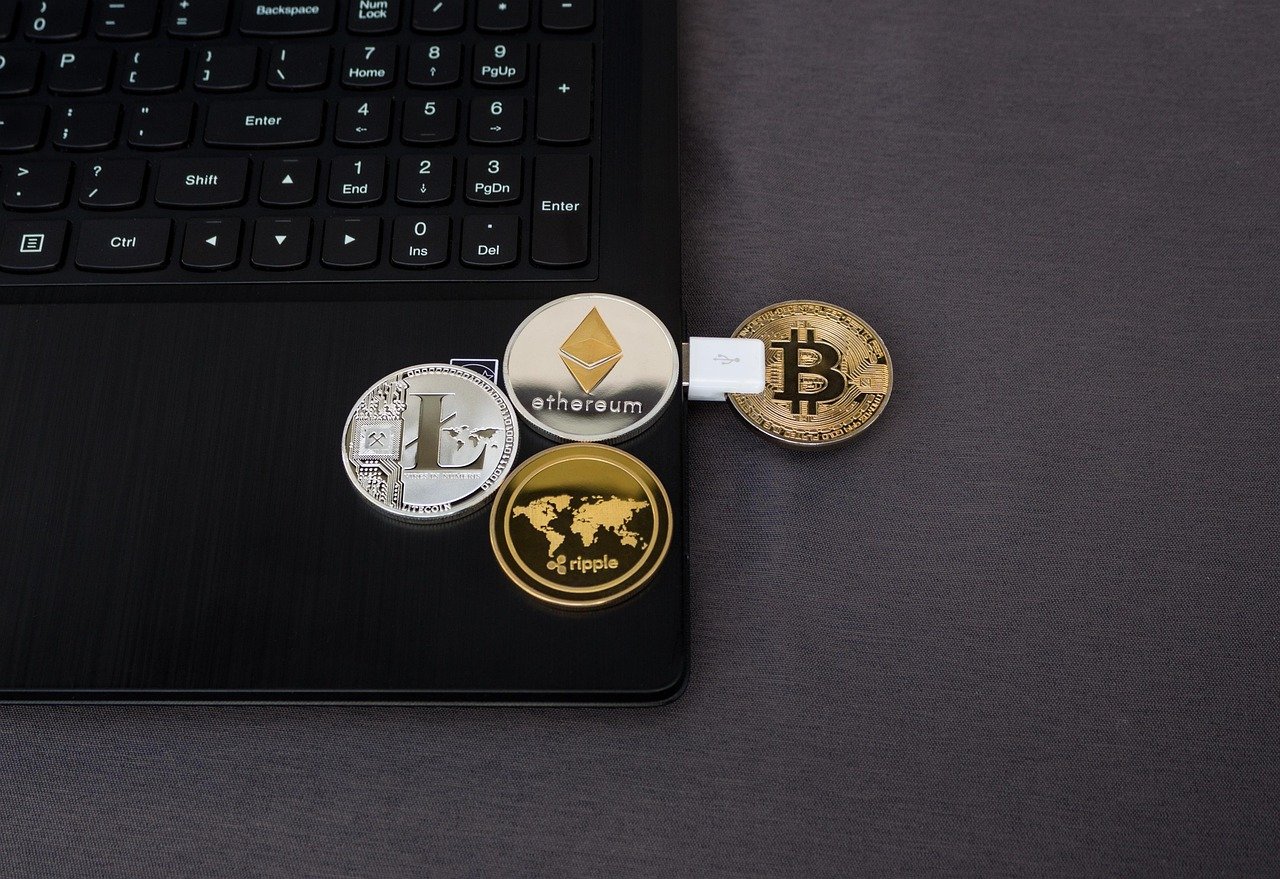Decentralized Finance, or DeFi, is revolutionizing the way we think about and interact with financial services. Moving away from traditional, centralized institutions, DeFi aims to create a more open, transparent, and accessible financial ecosystem built on blockchain technology. This blog post will delve into the world of DeFi, exploring its core concepts, benefits, risks, and practical applications.
What is DeFi?
Understanding the Basics
DeFi, short for Decentralized Finance, refers to a range of financial applications built on blockchain technology, primarily Ethereum. Unlike traditional finance (TradFi), which relies on intermediaries like banks and brokers, DeFi utilizes smart contracts to automate and execute financial transactions.
- DeFi applications are typically open-source, permissionless, and transparent.
- Smart contracts execute automatically when predefined conditions are met, reducing the need for intermediaries and increasing efficiency.
- DeFi aims to democratize access to financial services for anyone with an internet connection.
Key Components of the DeFi Ecosystem
The DeFi ecosystem is composed of several key components that work together to provide various financial services:
- Decentralized Exchanges (DEXs): Platforms like Uniswap and SushiSwap allow users to trade cryptocurrencies directly with each other without the need for a central exchange.
- Lending and Borrowing Platforms: Platforms such as Aave and Compound enable users to lend and borrow crypto assets, earning interest on their deposits and accessing capital without traditional loan applications.
- Stablecoins: Cryptocurrencies like USDT and USDC pegged to a stable asset (usually the US dollar) provide stability and are used as a medium of exchange in the DeFi ecosystem.
- Yield Farming: A strategy that involves staking or lending crypto assets to generate rewards in the form of additional cryptocurrency.
- Wrapped Tokens: Representations of non-native blockchain assets on another blockchain, like Wrapped Bitcoin (WBTC) on Ethereum, allowing them to be used in DeFi applications.
How DeFi Differs from Traditional Finance
The differences between DeFi and TradFi are significant:
- Accessibility: DeFi is accessible to anyone with an internet connection, whereas TradFi often requires a bank account and credit history.
- Transparency: DeFi transactions are recorded on a public blockchain, making them transparent and auditable. TradFi transactions are often opaque.
- Efficiency: Smart contracts automate transactions, reducing processing times and fees compared to TradFi.
- Control: Users retain control over their assets in DeFi, whereas TradFi institutions hold and manage user funds.
- Interoperability: DeFi applications are designed to be interoperable, allowing users to easily move assets and services between different platforms.
Benefits of DeFi
Increased Financial Inclusion
DeFi can provide access to financial services for unbanked and underbanked populations. According to the World Bank, approximately 1.4 billion adults worldwide are unbanked. DeFi offers these individuals a way to access financial services without the need for traditional banking infrastructure.
- DeFi platforms offer access to lending, borrowing, and trading services for individuals who may not qualify for traditional financial products.
- Decentralized identity solutions can help individuals establish digital identities and access DeFi services without requiring traditional forms of identification.
Greater Transparency and Security
The use of blockchain technology provides a high degree of transparency and security in DeFi transactions.
- All transactions are recorded on a public, immutable ledger, making them auditable and verifiable.
- Smart contracts ensure that transactions are executed automatically and according to predefined rules, reducing the risk of fraud and manipulation.
- Cryptography and decentralized consensus mechanisms enhance the security of DeFi platforms.
Higher Yields and Returns
DeFi offers the potential for higher yields and returns compared to traditional savings accounts and investment products.
- Lending and borrowing platforms allow users to earn interest on their crypto assets.
- Yield farming strategies can generate significant returns by staking or lending crypto assets.
- Decentralized exchanges offer opportunities for arbitrage and liquidity provision, generating additional income.
Innovation and Flexibility
The open-source nature of DeFi promotes innovation and flexibility in financial services.
- Developers can build new DeFi applications and services without the need for permission from central authorities.
- DeFi protocols can be easily customized and adapted to meet the needs of different users and markets.
- The composability of DeFi allows different applications to be combined and integrated, creating new and innovative financial products.
Risks Associated with DeFi
Smart Contract Vulnerabilities
Smart contracts are the backbone of DeFi, but they are also a potential source of risk.
- Smart contract code can contain bugs or vulnerabilities that can be exploited by malicious actors.
- Auditing of smart contracts is crucial, but it cannot guarantee that a contract is completely secure.
- Examples include the DAO hack, where a vulnerability in a smart contract led to the theft of millions of dollars worth of Ether.
Impermanent Loss
Impermanent loss is a risk associated with providing liquidity to decentralized exchanges.
- Impermanent loss occurs when the price of the tokens in a liquidity pool diverges, resulting in a loss of value compared to simply holding the tokens.
- Liquidity providers need to be aware of the risks of impermanent loss and carefully consider the composition of the liquidity pools they participate in.
Regulatory Uncertainty
The regulatory landscape for DeFi is still evolving, and there is significant uncertainty about how DeFi will be regulated in the future.
- Regulatory actions could impact the viability and legality of certain DeFi applications and services.
- Users need to be aware of the potential regulatory risks and comply with all applicable laws and regulations.
Scalability Issues
Many DeFi platforms, particularly those built on Ethereum, face scalability issues.
- High transaction fees and slow transaction times can limit the usability of DeFi applications.
- Layer-2 scaling solutions, such as optimistic rollups and ZK-rollups, are being developed to address these issues.
- Alternative blockchains with higher transaction throughput are also being explored.
Rug Pulls and Scams
The decentralized and permissionless nature of DeFi makes it susceptible to scams and rug pulls.
- Rug pulls occur when developers create a DeFi project, attract users to invest, and then suddenly abandon the project, taking the invested funds with them.
- Users need to exercise caution and conduct thorough research before investing in DeFi projects.
- Look for projects with transparent teams, audited smart contracts, and strong community support.
Practical Applications of DeFi
Decentralized Lending and Borrowing
DeFi platforms such as Aave and Compound allow users to lend and borrow crypto assets.
- Lenders earn interest on their deposits by providing liquidity to the platform.
- Borrowers can access capital without the need for traditional loan applications.
- Loans are typically overcollateralized, meaning that borrowers must deposit more collateral than the amount they borrow.
- Example: A user can deposit ETH on Aave and earn interest, or borrow USDC by using their ETH as collateral.
Decentralized Exchanges (DEXs)
DEXs such as Uniswap and SushiSwap allow users to trade cryptocurrencies directly with each other.
- DEXs use automated market makers (AMMs) to provide liquidity and facilitate trading.
- Users can provide liquidity to DEXs and earn fees from trading activity.
- DEXs offer a more transparent and permissionless way to trade cryptocurrencies compared to centralized exchanges.
- Example: A user can swap ETH for DAI on Uniswap without the need for a central intermediary.
Yield Farming and Staking
Yield farming involves staking or lending crypto assets to generate rewards.
- Users can stake their tokens in liquidity pools or lending platforms to earn rewards in the form of additional cryptocurrency.
- Yield farming can generate significant returns, but it also involves risks such as impermanent loss and smart contract vulnerabilities.
- Staking involves holding cryptocurrency to support the operations of a blockchain network and earning rewards in return.
- Example: A user can stake CAKE tokens on PancakeSwap to earn more CAKE tokens.
Stablecoins
Stablecoins are cryptocurrencies pegged to a stable asset, such as the US dollar.
- Stablecoins provide stability and are used as a medium of exchange in the DeFi ecosystem.
- Examples of popular stablecoins include USDT, USDC, and DAI.
- Algorithmic stablecoins use algorithms to maintain their peg, but they can be more volatile than stablecoins backed by assets.
- Example: A user can use USDC to borrow funds on Aave or trade on Uniswap.
Conclusion
DeFi presents a paradigm shift in the financial landscape, offering increased accessibility, transparency, and innovation. While the risks associated with DeFi are real and should not be ignored, the potential benefits are significant. As the DeFi ecosystem continues to mature and evolve, it is likely to play an increasingly important role in the future of finance. Staying informed and exercising caution are key to navigating the exciting, yet complex, world of Decentralized Finance.



